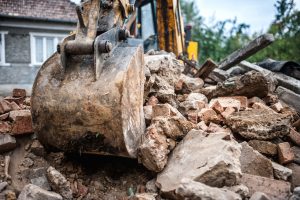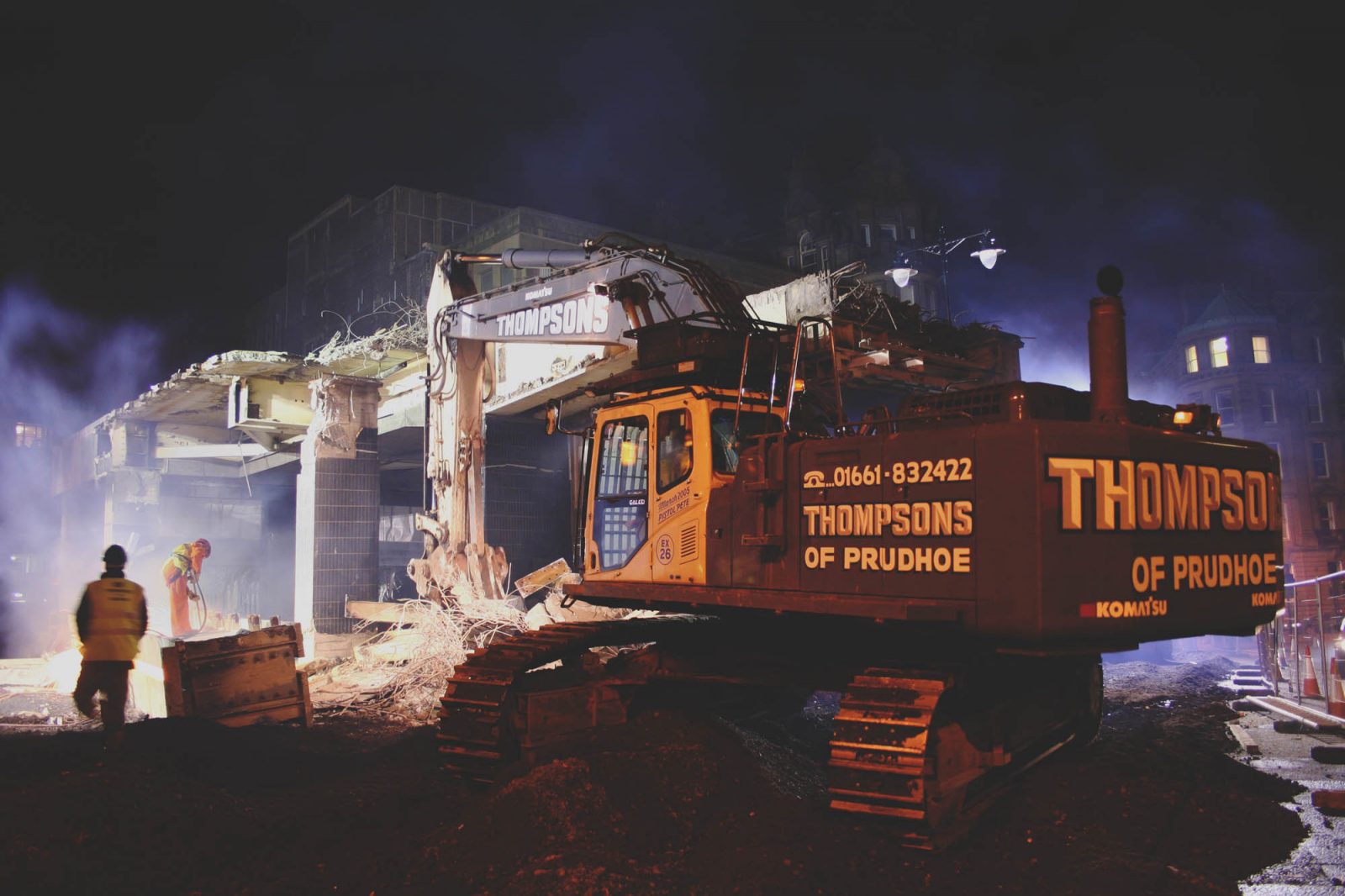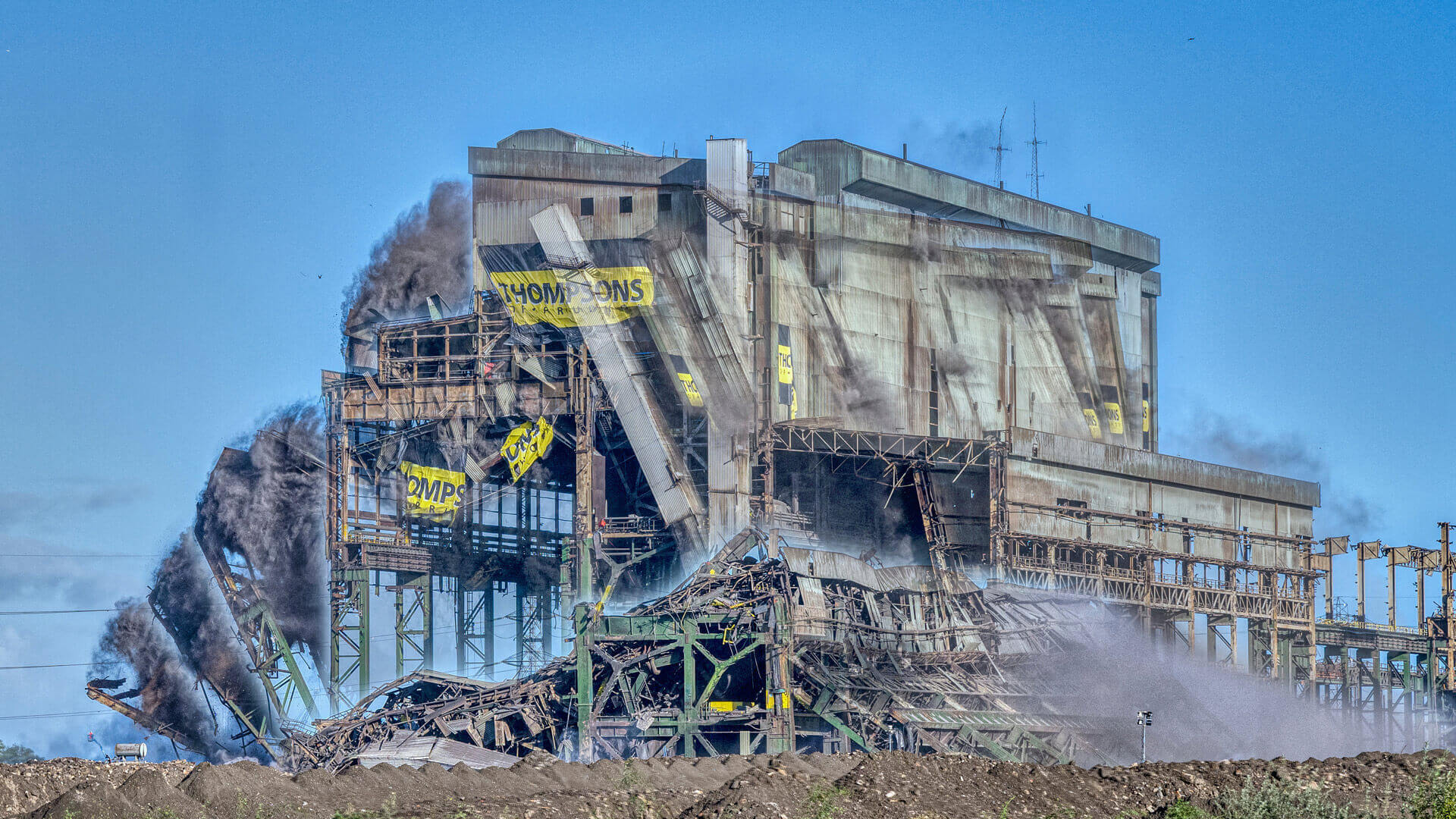Before we start looking at the reasons why a building needs to be demolished, it’s important to define what demolition is. Demolition is the safe and pre-planned process of removing existing buildings and structures to make way for newer builds. Every building has a life-span, known as it’s ‘design life’ (which tends to be between 80-100 years), and once a building reaches this point it tends to face a few difficulties.
The decision to demolish a building isn’t one to take lightly. But in some circumstances it is definitely the right thing to do. The building of more structures goes hand in hand with the need to demolish older ones, enabling buildings to acclimatise these structures to the evolving and more economically aware world around us.
5 main reasons that buildings are demolished
There are a variety of reasons why a building would need to be demolished, here are just a five:
The Building Is Old
Old buildings require a lot of maintenance, and the need for endless and costly repairs can reach a point where it’s no longer worth it. Even if the building looks good on the exterior, there may be underlying issues, including plumbing and ventilation problems. Older buildings tend to have a weak infrastructure, which means that the demolition process will be cheaper than the price to maintain it. With older properties, demolition and reconstruction can be a cheaper alternative to renovating.
Increase The Property’s Value
Another one of the reasons why a building needs to be demolished can be to do with increasing the property’s value. The decision to demolish a building can be fuelled by the decision to renovate or expand a property in order to increase its market value. In order to make room for any expansion of the building, existing structures need to be removed.
The Foundation Is Faulty
Faulty foundations are another reason as to why a building needs to be demolished. The foundations of a building are what keep it viable, so when these become weak it can lead to a number of issues. As a building ages, the foundations can become brittle, flooring uneven, and in some areas there may be excessive build-up of moisture. When these problems come to light, the option of demolition tends to be more appealing than renovation.
Infested with Dangerous Pests or Materials
When toxic chemicals such as asbestos, mercury, or lead are found in the building, it may call for partial-demolition. However professionals would also need to be called to dispose of the hazardous materials and substances, to ensure they are disposed of correctly.Old and abandoned buildings are also prone to becoming infested with rats and termites, which would require the assistance of an exterminator. However sometimes these toxic chemicals and infestations lead a building to be beyond repair, and demolition is the best option.
Owner is Planning to Sell the Vacant Lot
If the building on the lot is in poor condition, it may make sense to demolish the building before putting the property on the market. There’s a higher chance that your lot would be far more profitable than if the building was on it. As for buyers looking to develop their own property, a building lot in a good location could be perfect for them.
How long does it take to demolish a building?
The length of time it takes for a building to be demolished, depending on scale and complexity. If additional specialists are required, for example on the occasion that the building requires asbestos removal, this may prolong and complicate the process. There generally tends to be four steps in the demolition process:
- Surveying the building
- Preparing a project documentation
- Setting out safety measures
- Removal of any hazardous materials
The next step is to decide which method of demolition will be the safest and most efficient, whilst sticking within the budget.

How do you get a building demolished?
It’s time to call in the professionals! When deciding which method of demolition is best for the building there are a few important things that need to be considered, such as the age of the building and its surroundings. Here are a few different methods of demolition:
Total Demolition
This type of demolition refers to a building being completely demolished, and where the associated arisings are recycled or disposed-of, as applicable. This can be done by a variety of methods, one example being ‘implosion’. Implosion involves the use of explosives to knock out the structural support or a building causing it to collapse into itself from the inside out.
Selective Demolition
Selective demolition is becoming a more popular method in today’s ecological climate, as it enables builders to reuse or recycle the building’s materials. It serves to remove specific interior or exterior parts of a building instead of demolishing it completely.
Internal Demolition
Interior demolition, as it says in the name, focuses on the interior portions of the building whilst preserving the exterior. It’s therefore most commonly used for renovation projects, where they may want to protect certain features but need to get rid of more troubled areas.
But leave all of that to us!
Here at Thompsons of Prudhoe we offer a fully comprehensive demolition service which covers Industrial Demolition, Commercial Demolition and Residential Demolition. So whatever your demolition needs are, we can help. Learn more over on our website today!




